Termite Troubles: How to Protect Your Home Renovation from Silent Invaders
Understanding the Termite Threat
Termites, those minuscule yet mighty critters, pose a daunting challenge to homeowners and renovators alike. Known as “silent destroyers,” these insects can compromise the structural integrity of a building long before any signs are visible. Undeniably, termites can transform a dream renovation into a biting nightmare if not addressed promptly and effectively. Grasping both their behavior and the severity of their threat is essential for anyone considering a home remodel.
The risk isn’t merely theoretical. Termites are responsible for billions of dollars in damage annually across the United States. Ignoring their potential impact isn’t an option; rather, an informed, proactive approach is necessary. Understanding how termites operate, their feeding habits, and their insidious nature can provide the foundation to counteract their invasive tendencies. This understanding isn’t just beneficial; it’s imperative for preserving both the beauty and value of your home.
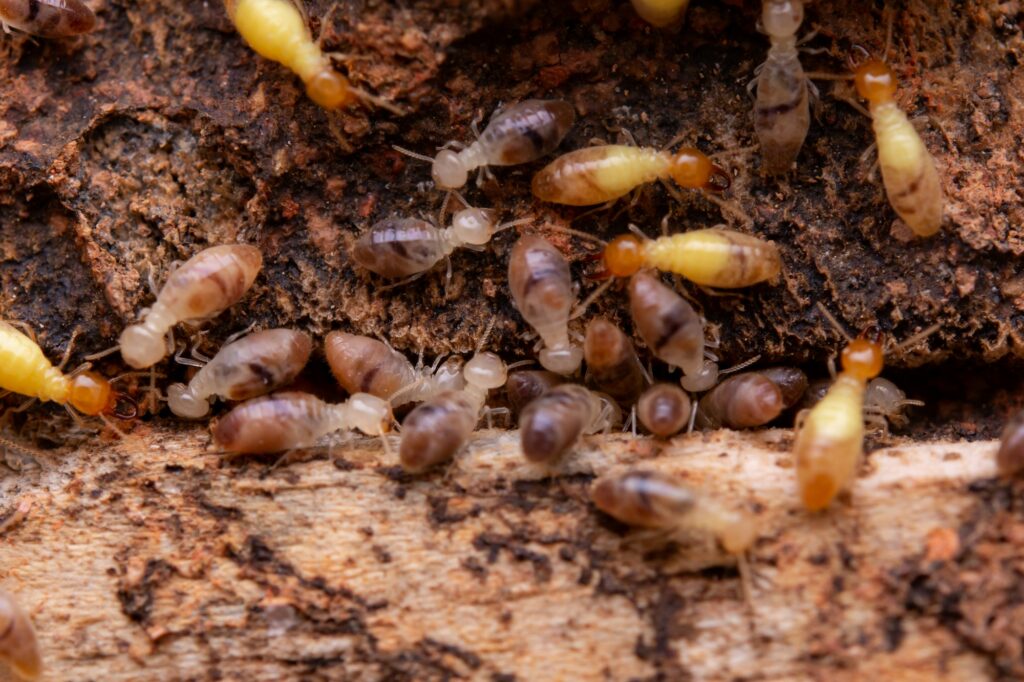
Identifying Common Termite Species and Warning Signs
Termites, like many insects, are diverse in their species and habits. Three prominent species pose the greatest threat: subterranean, drywood, and dampwood termites. Subterranean termites are notorious for their vast underground colonies, often tunneling up to infest homes through foundations. Drywood termites, on the other hand, settle directly into wooden structures, creating extensive damage over time. Dampwood termites are less common but favor wood with high moisture content, often found in basements or attics.
Recognizing their warning signs can save homeowners significant distress. Mud tubes, typically found near foundations or crawl spaces, are a clear indication of subterranean termites. Drywood termites might leave behind small piles of frass, which resemble sawdust or coffee grounds. Discolored or blistering wood can also indicate an internal infestation. Early detection is crucial—these signs, though subtle, can prevent costly repairs if addressed swiftly.
Pre-Renovation Inspection: Assessing and Addressing Vulnerabilities
Before embarking on any renovation project, a thorough inspection is non-negotiable. This step involves scrutinizing the home for both visible signs of termites and potential vulnerabilities. Areas prone to dampness, poor ventilation, or wood-soil contact are particularly susceptible to infestation. Existing damage, although seemingly minor, can provide termites easy entry and should be repaired before any major work begins.
Professional inspection services offer a comprehensive evaluation, identifying weak points that might not be apparent to the untrained eye. They can recommend necessary remedial actions and may suggest preemptive treatments. This stage isn’t just about identifying current threats but also fortifying the home against potential invasions. By addressing these vulnerabilities upfront, renovators can save both time and money, ensuring a smooth and termite-free renovation process.
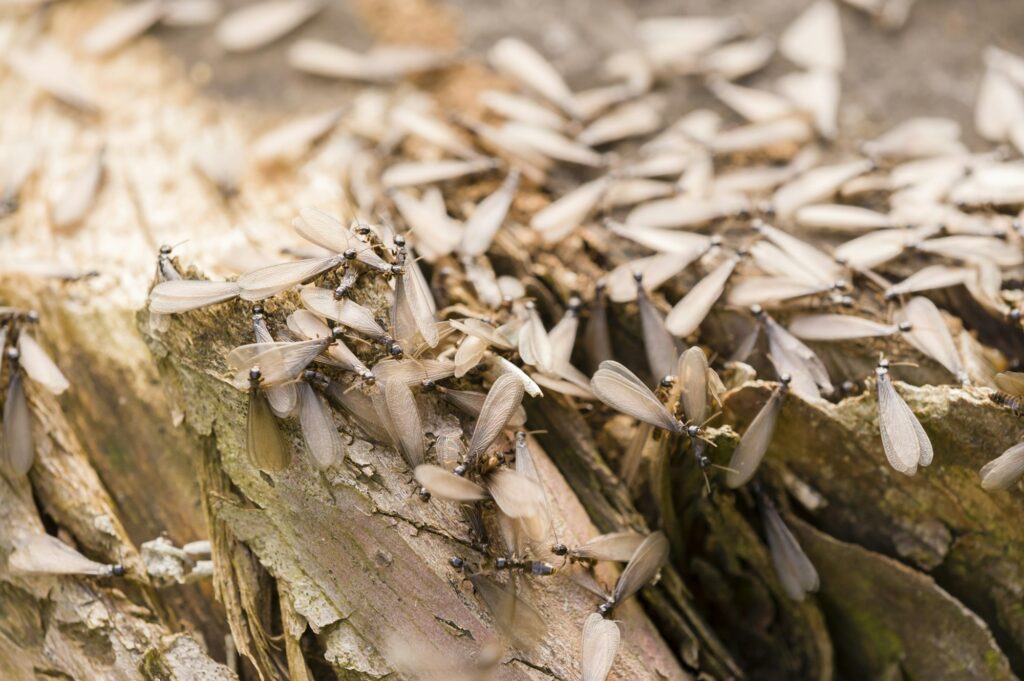
Choosing Termite-Resistant Materials for Renovation
Selecting the right materials for your renovation is paramount to preventing termite intrusion. Termite-resistant materials can serve as an effective deterrent, safeguarding new additions to your home. Options include treated wood, steel, and composite materials, each with its own benefits and applications. Treated wood, for instance, undergoes a specific process to deter termites, making it an excellent choice for structural components like beams and frames.
Incorporating alternatives such as metal or concrete for foundational elements can further minimize the risk of termite damage. When designing outdoor spaces or constructing decks, consider materials like composite lumber or concrete, which resist not only termites but also other environmental factors. These materials not only prolong the longevity of the renovation but also offer peace of mind against potential infestations.
Strategies for Effective Termite Prevention and Control
Combating termites requires a robust prevention and control strategy—one that integrates various approaches for maximum effectiveness. Physical barriers, such as metal mesh or chemical soil treatments, can serve as the first line of defense. These barriers prevent termites from reaching the structure, while chemical treatments create zones that repel or eliminate any that venture too close.
Regular maintenance, including moisture control and eliminating wood-to-soil contact, is equally crucial. Termites thrive in damp environments, so ensuring proper drainage and ventilation around the home can deter them. Additionally, implementing regular inspections and treatments can halt infestations before they become severe. Continuous vigilance and proactive measures, like those detailed here, ensure that termites never find a welcome home in your newly renovated space.
Protecting Your Finished Renovation: Maintenance and Monitoring
Once the renovation is complete, the real work of protection begins. Termite prevention is an ongoing task, necessitating regular maintenance and monitoring. Homeowners should conduct periodic inspections, looking for signs of new termite activity. Routine checks, especially in areas prone to moisture or with previous infestation history, keep potential threats in check.
Homeowners should also monitor for environmental changes that might make their home more vulnerable to infestations. This includes maintaining proper ventilation, resolving plumbing leaks immediately, and keeping gutters clear of debris. Making a habit of these practices not only preserves the home’s value but also ensures that the beautiful new renovations remain unmarred by termite damage. Utilize resources such as these strategies to maintain a strong defense against these silent invaders.
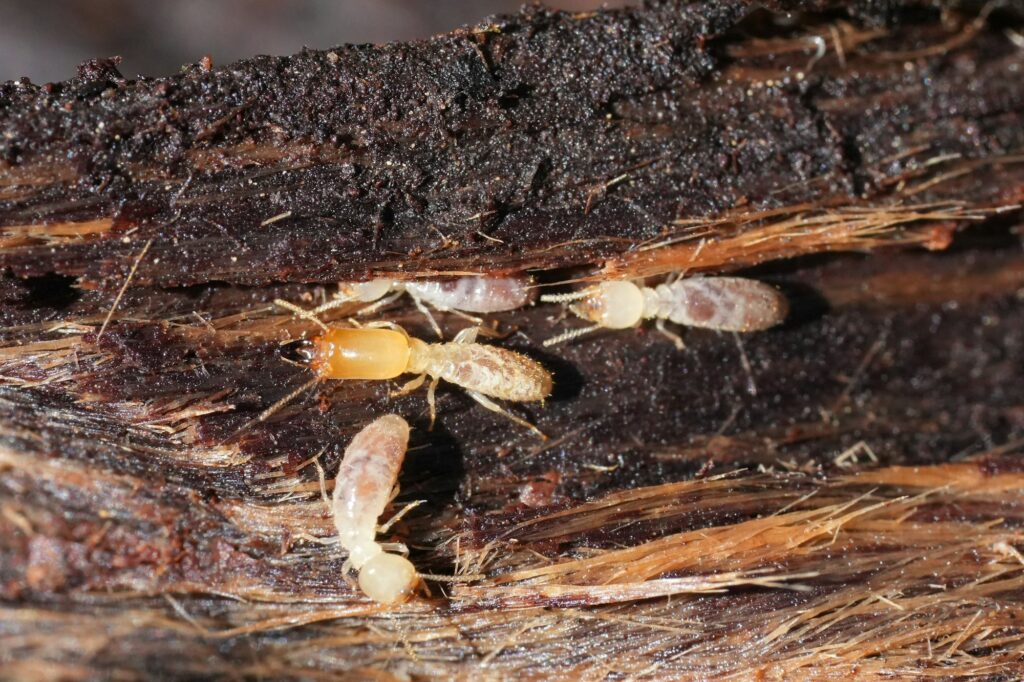
When to Consult Professional Pest Control Services
Despite best efforts, there may be situations where professional pest control services become necessary. If an infestation is detected or suspected during a post-renovation inspection, it is best to call in experts. These professionals are equipped with the knowledge, tools, and experience required to effectively address and eradicate termite problems.
Sometimes, the severity of an infestation can outstrip home treatment options, necessitating advanced interventions. In such cases, pest control experts can offer tailored solutions, ensuring that your home remains safe and secure. Their involvement can make the difference between a minor inconvenience and extensive property damage, offering assurance in protecting your prized renovation.

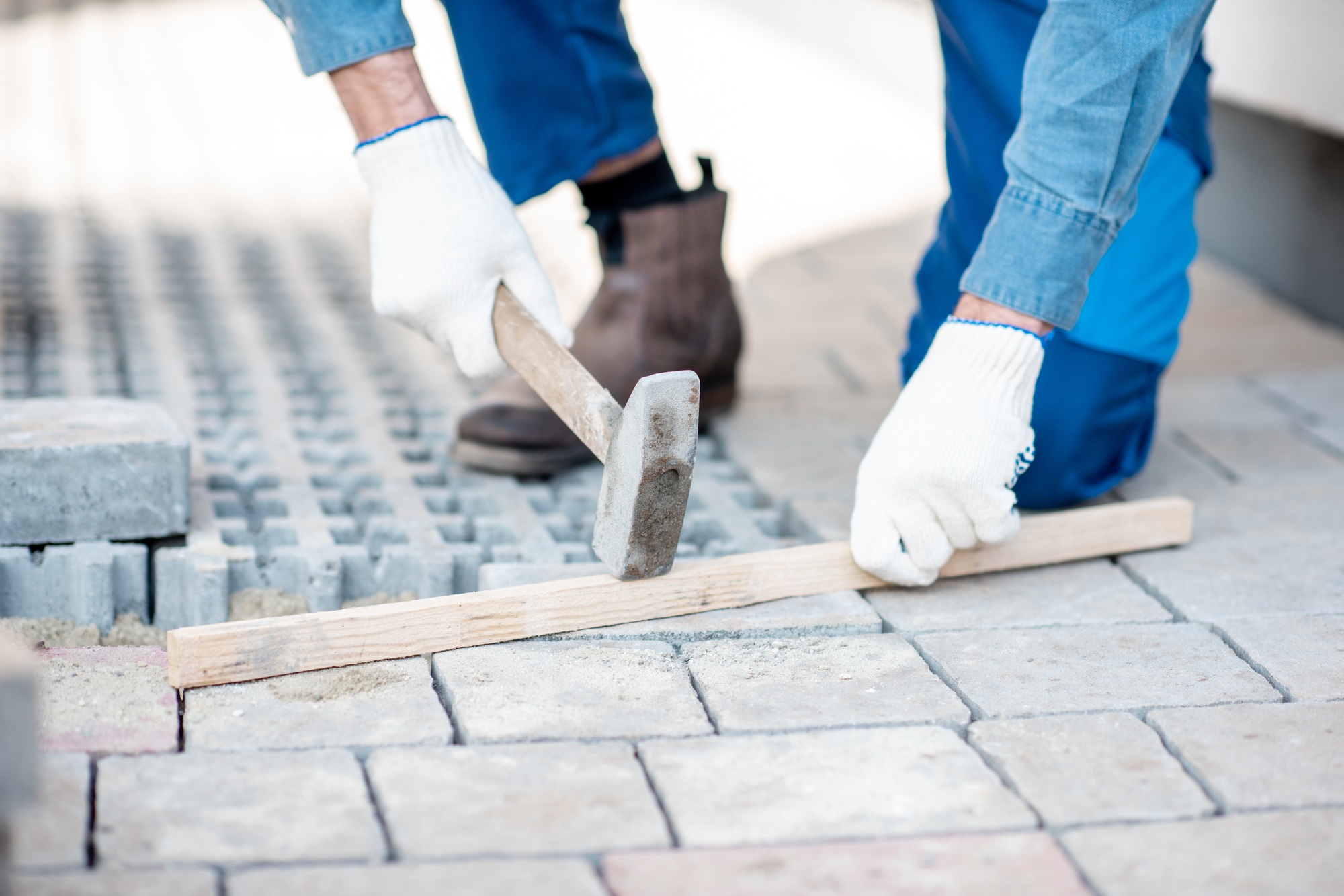
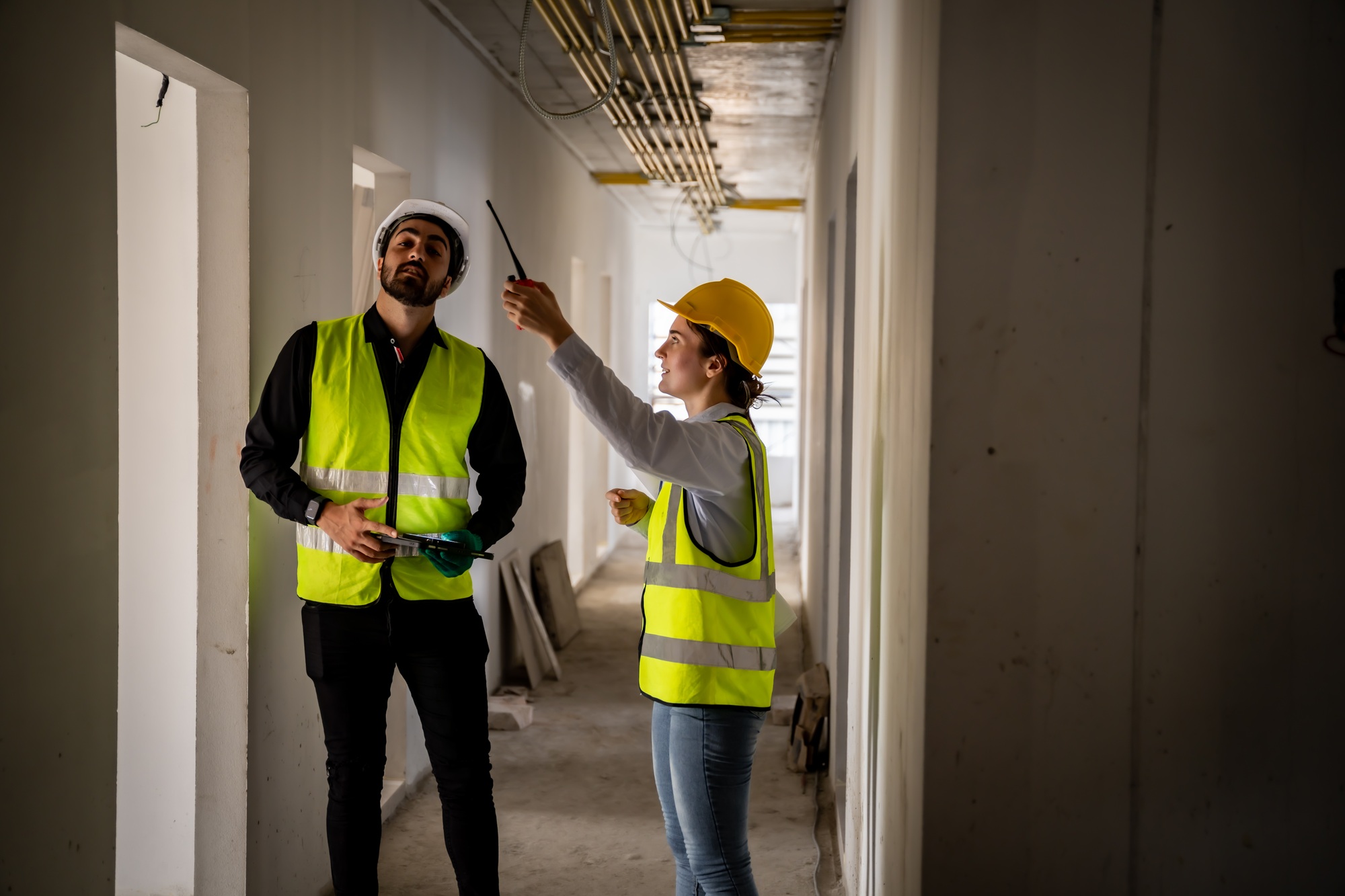
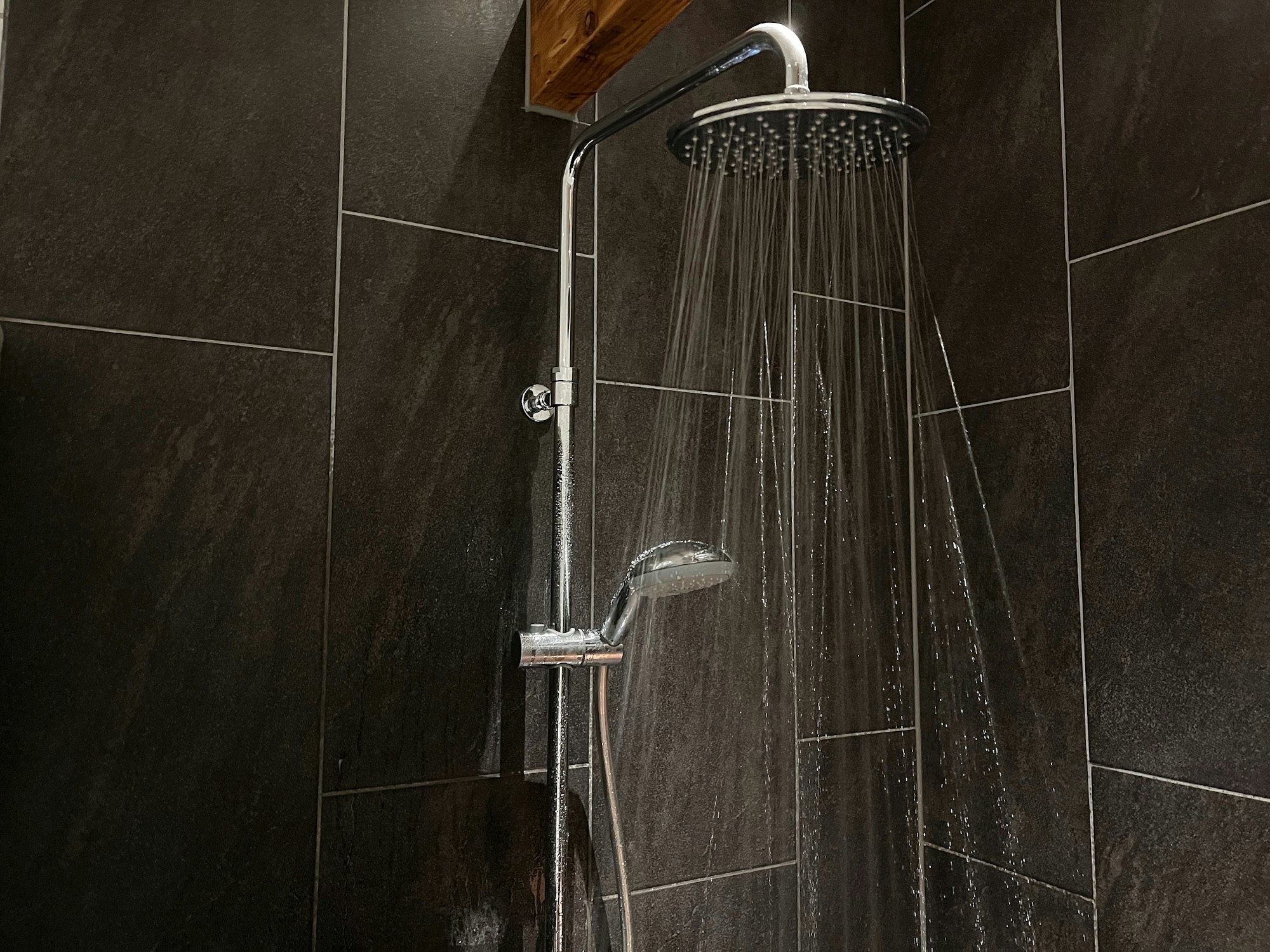










Post Comment